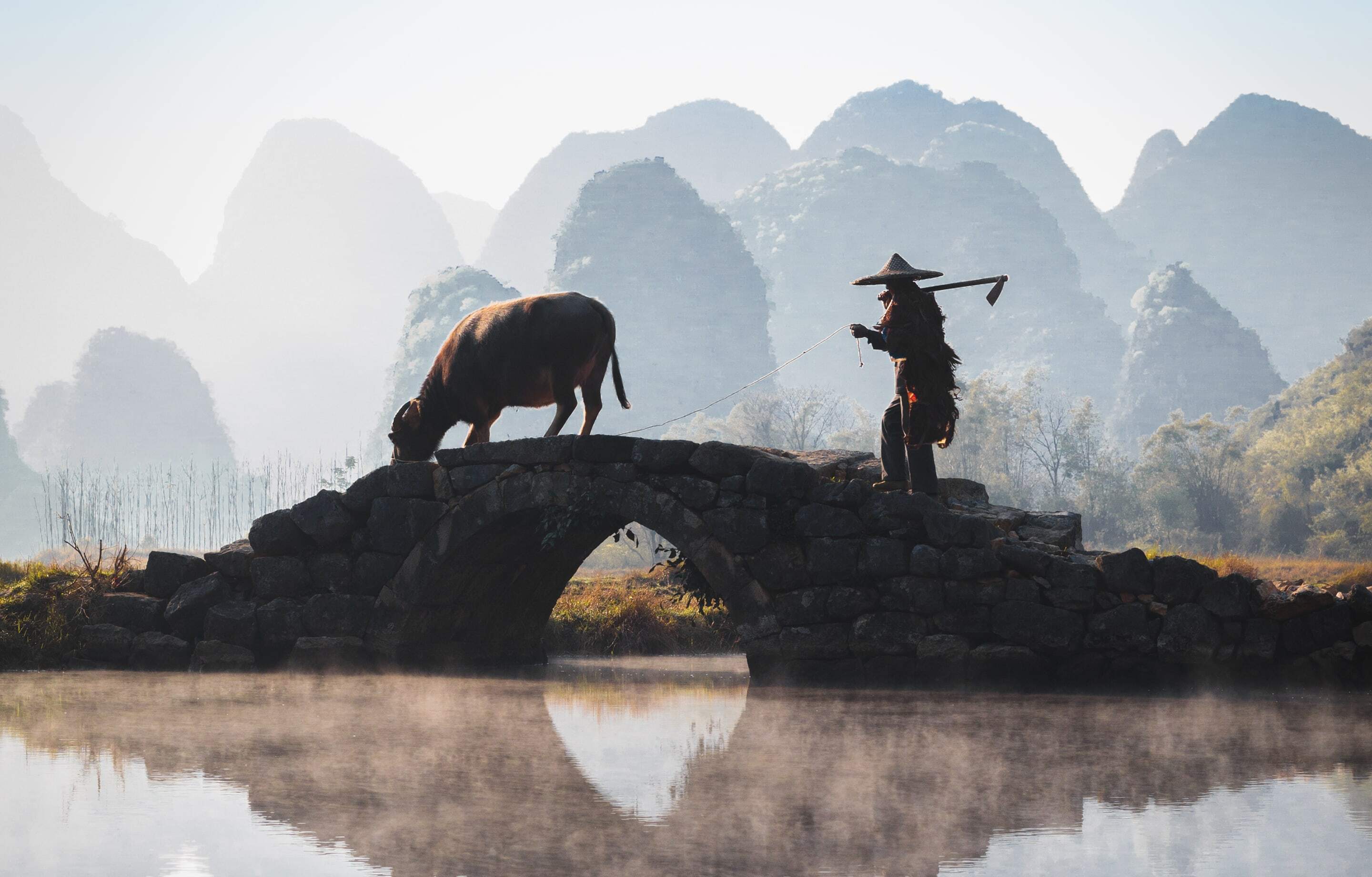- Duration
- 14 days / 13 nights
- Price Per Person
- From $49,000
The word “Japan” conjures diverse and colorful images: the serene, iconic Mount Fuji; Kyoto temples fringed by cherry blossoms; the outrageous couture of Harajuku girls on a Tokyo Sunday; futuristic bullet trains; a geisha in kimono and painted face. It is the land of anime and pachinko, of exquisite cuisine, and of electronics and robotics innovation that transforms the way we live and work. Visiting Japan, it is easy to recognize what science-fiction writer William Gibson called “the global imagination’s default setting for the future.”
The foundation of this prosperous modern Japan was its post-war constitution, which along with an unstinting work ethic kindled unbridled economic growth. Even with the recessions of past decades, Japan is still home to the world’s third-highest GDP; it is a beacon of modernity to a continent that is racing to catch up with this once hermitic nation.
Japan’s insular past may be long gone but many of the old ways remain. One can still see elegant women in meticulous kimonos gingerly navigating massive crosswalks; kabuki opera performances; and sushi masters using techniques from the 17th-century Edo Period. This is what makes Japan so appealing: the harmonious confluence of the ancient and hyper-modern into one fascinating whole, firmly rooted in tradition but ever hurtling into the future.
Explore in-depth information, experiences and highlights by navigating to specific regions using the links below.
Naoshima & Seto Inland Sea Islands, Japan
Naoshima & Seto Inland Sea Islands, Japan

With Remote Lands you'll travel with people who have made Asia the solitary focus of their own lifelong adventure. As our guest, you'll discover Asia on a journey that is completely, authentically your own, adapted from our own remarkable experiences and adventures over the years.
Japan is a year-round destination with skiing in the winter and festivals in the summer. However, the best temperatures are between March and May (spring) and September to November (fall).
Multi-Country Specialists
An Asia-focused magazine brought to you by Remote Lands - a platform for adventure, luxury, and authenticity from experts and explorers around the continent.